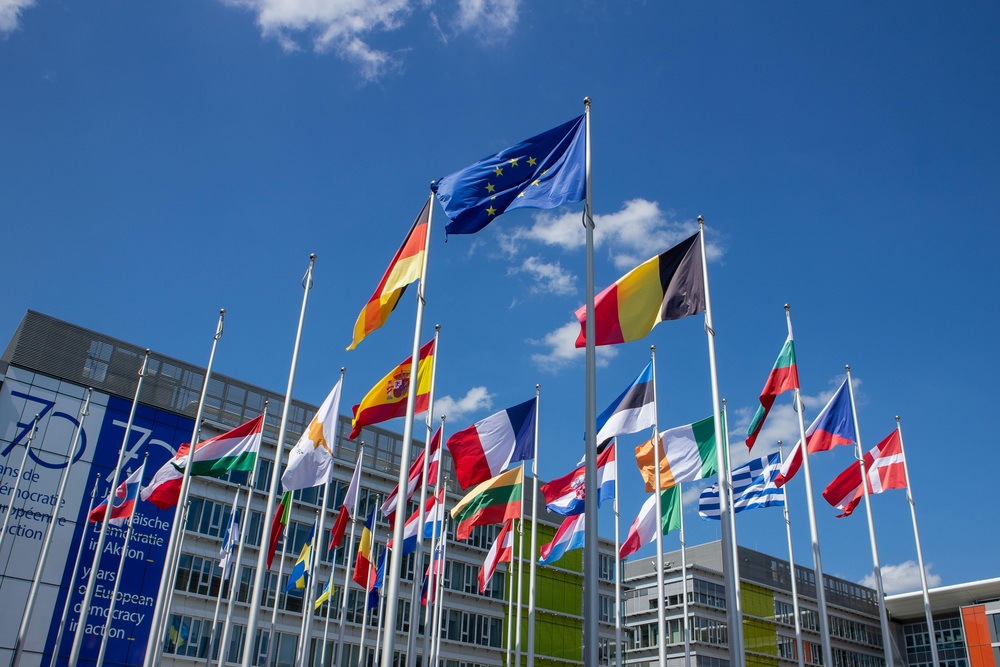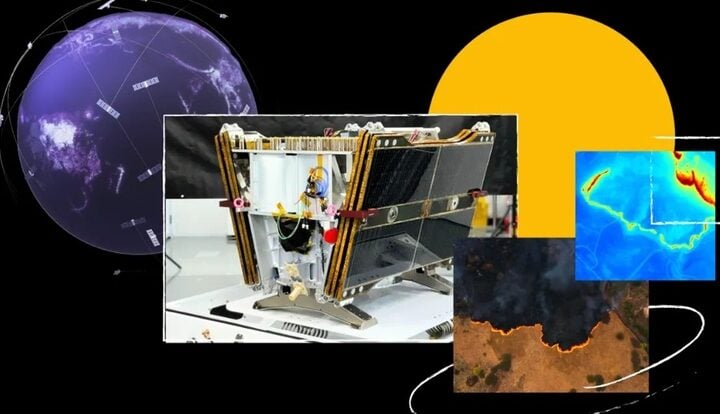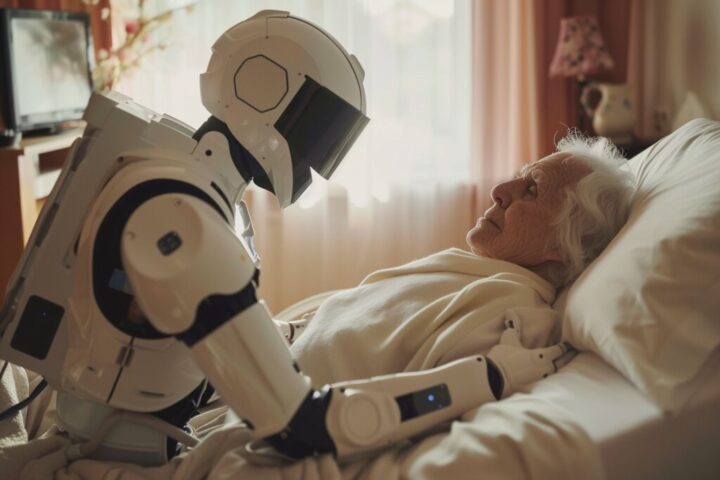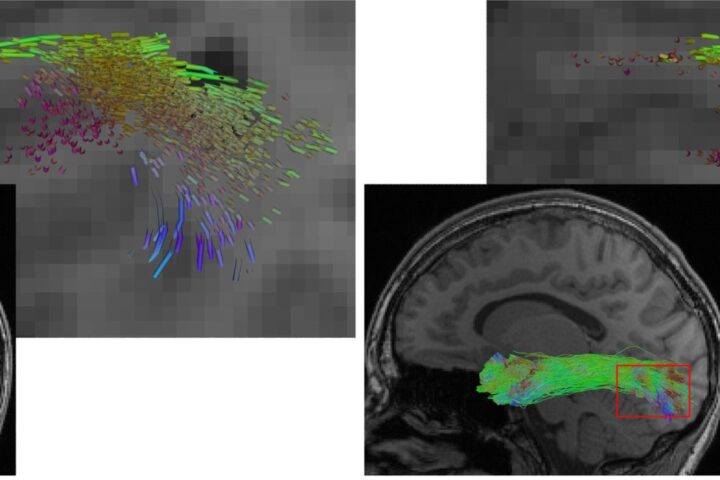Europe is making its biggest move yet in artificial intelligence, planning to spend €200 billion on technology that could change how we live and work – but it comes with some big questions about power use.
Think of AI like a very hungry computer brain. The more it learns, the more electricity it needs. The European Union wants to build four massive AI centers, called gigafactories. These centers will house 100,000 special computer chips that help AI systems think and learn.
“We want AI developers to compete based on how innovative they are, not just on their access to chips,” says European Commission President Ursula von der Leyen. In simpler terms, she wants good ideas to matter more than just having expensive equipment.
France is leading the charge. French President Emmanuel Macron announced €109 billion in private investment for AI development. Part of this includes a massive new AI center with one gigawatt of computing power planned by the UAE. “Plug, baby, plug!” Macron declared, promising France has enough power to handle it.
But some experts worry about the energy bill. These AI centers need significant electricity to keep their computers running and cool. The power requirements for advanced computing systems continue to grow as they become more complex.
Similar Posts
The EU’s plan splits into two parts: €50 billion from public money (taxpayers) and €150 billion from private companies. This investment aims to compete with similar big moves by the United States and China. The U.S. recently announced a $500 billion AI project called Stargate, while China pledged about €130 billion for its own AI development.
Bálint Pataki, who studies future technology trends, supports the EU’s move: “This investment could really secure Europe a seat at the table of global AI development.” He means Europe needs to spend this money to stay competitive with other countries.
The EU wants its AI to be different – focusing on industrial applications, complex systems, and research. They’re also thinking about safety and responsible use. Clark Parsons, who leads the European Startup Network, calls this “newfound urgency” important but warns that strict European rules might make some investors hesitate.

The success of this massive project depends on more than just building powerful computers. Europe needs to figure out how to power these AI centers efficiently while managing its electricity resources responsibly. The challenge is similar to scaling up any new technology – you need to consider both the infrastructure and its resource requirements.
This massive investment could help create improvements in healthcare, as von der Leyen mentioned, and boost research and innovation. But making it work while keeping energy use in check will be crucial. The EU’s approach might show how to balance innovation with responsibility – something that could benefit everyone as AI becomes more common in our daily lives.


















